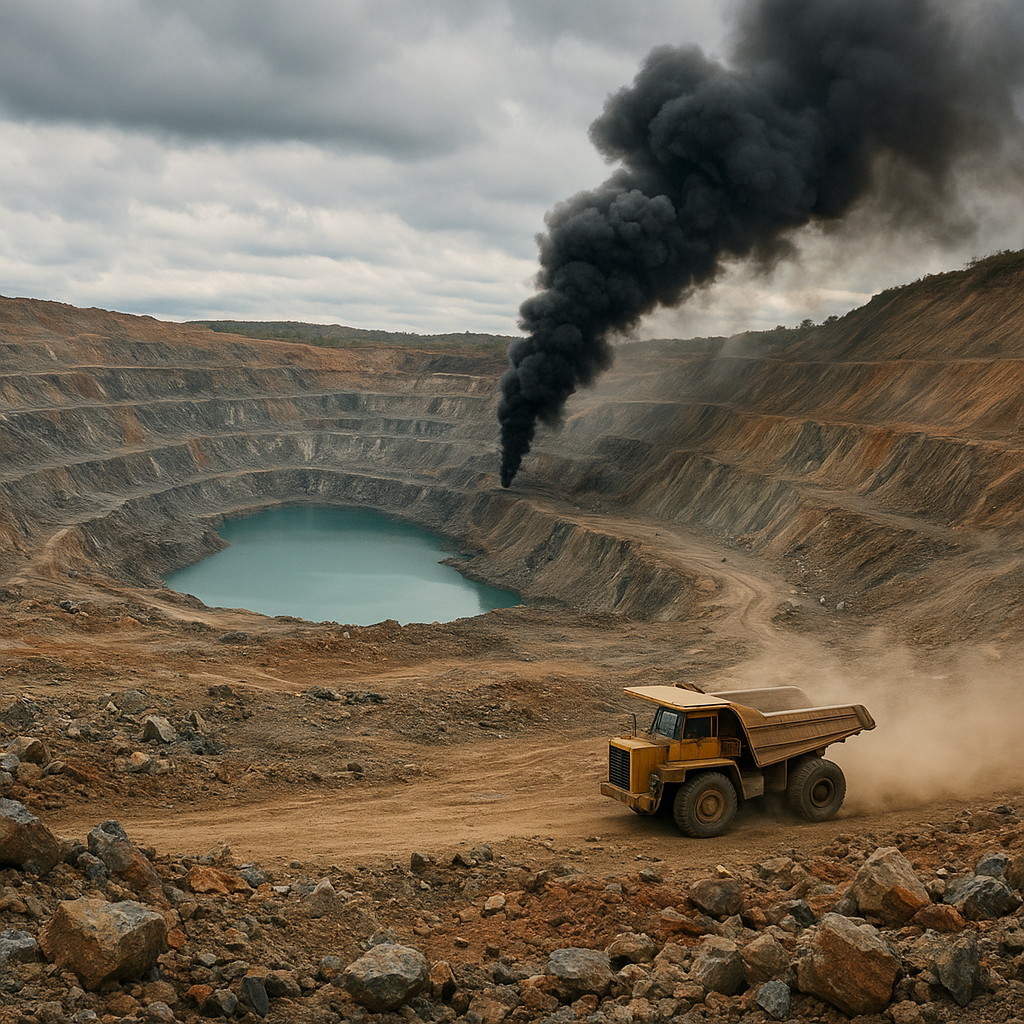The demand for rare metals has surged in recent years, driven by their essential role in modern technologies such as smartphones, electric vehicles, and renewable energy systems. However, the extraction and processing of these metals have significant environmental impacts, raising concerns about sustainability. This article explores whether new mining technologies can mitigate these environmental challenges, examining the potential benefits and limitations of these innovations.
The Environmental Challenges of Rare Metal Mining
Rare metals, including elements like lithium, cobalt, and rare earth elements, are critical components in a wide range of high-tech applications. Despite their importance, the mining and processing of these metals pose substantial environmental challenges. Traditional mining methods often involve open-pit mining, which can lead to deforestation, soil erosion, and habitat destruction. Additionally, the chemical processes used to extract these metals from ores can result in the release of toxic substances into the environment, contaminating water sources and harming local ecosystems.
One of the most pressing environmental concerns associated with rare metal mining is the generation of waste. The extraction process typically yields a low concentration of the desired metal, meaning that large amounts of ore must be processed to obtain a small quantity of metal. This results in the production of vast amounts of tailings, which are often stored in large tailings dams. These structures can fail, leading to catastrophic environmental disasters, as seen in several high-profile cases around the world.
Moreover, the energy-intensive nature of rare metal mining contributes to greenhouse gas emissions, exacerbating climate change. The extraction and processing of these metals require significant amounts of energy, often derived from fossil fuels. As the demand for rare metals continues to grow, so too does the environmental footprint of their production, prompting the need for more sustainable mining practices.
Innovative Mining Technologies: A Path to Sustainability?
In response to the environmental challenges posed by traditional mining methods, researchers and industry leaders are exploring innovative technologies that could reduce the ecological impact of rare metal extraction. One promising approach is the development of more efficient extraction techniques that minimize waste and energy consumption. For example, advancements in hydrometallurgical processes, which use aqueous chemistry to extract metals, have shown potential in reducing the environmental footprint of mining operations.
Another area of innovation is the use of biotechnology in mining. Bioleaching, a process that employs microorganisms to extract metals from ores, offers a more environmentally friendly alternative to conventional methods. This technique can operate at lower temperatures and pressures, reducing energy requirements and minimizing the release of harmful chemicals. Additionally, bioleaching can be applied to low-grade ores, potentially increasing the efficiency of resource utilization and reducing the need for extensive mining operations.
Automation and digitalization are also playing a crucial role in transforming the mining industry. The implementation of autonomous vehicles and drones in mining operations can enhance precision and efficiency, reducing the environmental impact of extraction activities. Furthermore, the use of advanced data analytics and machine learning can optimize mining processes, leading to more sustainable resource management and reduced waste generation.
Challenges and Future Prospects
While new mining technologies offer promising solutions to the environmental challenges of rare metal extraction, several obstacles remain. The adoption of these technologies often requires significant investment, which can be a barrier for smaller mining companies. Additionally, the regulatory framework governing mining activities may not always support the rapid implementation of innovative practices, slowing the transition to more sustainable methods.
Moreover, the effectiveness of new technologies in mitigating environmental impacts is not yet fully understood. While laboratory and pilot-scale studies have demonstrated the potential benefits of these innovations, large-scale implementation is necessary to assess their true impact on the environment. This requires collaboration between industry, government, and academia to conduct comprehensive research and develop best practices for sustainable mining.
Looking ahead, the future of rare metal mining will likely depend on a combination of technological innovation, regulatory support, and industry collaboration. As the demand for these critical materials continues to rise, the pressure to develop and implement sustainable mining practices will only increase. By embracing new technologies and fostering a culture of sustainability, the mining industry can play a pivotal role in meeting the world’s growing demand for rare metals while minimizing its environmental footprint.












